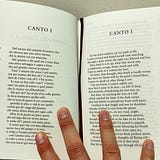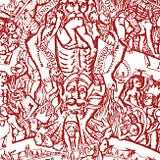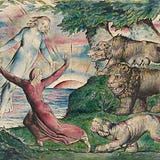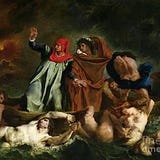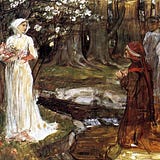Dante’s Inferno series: Introduction
A Mind-Boggling Journey through Hell
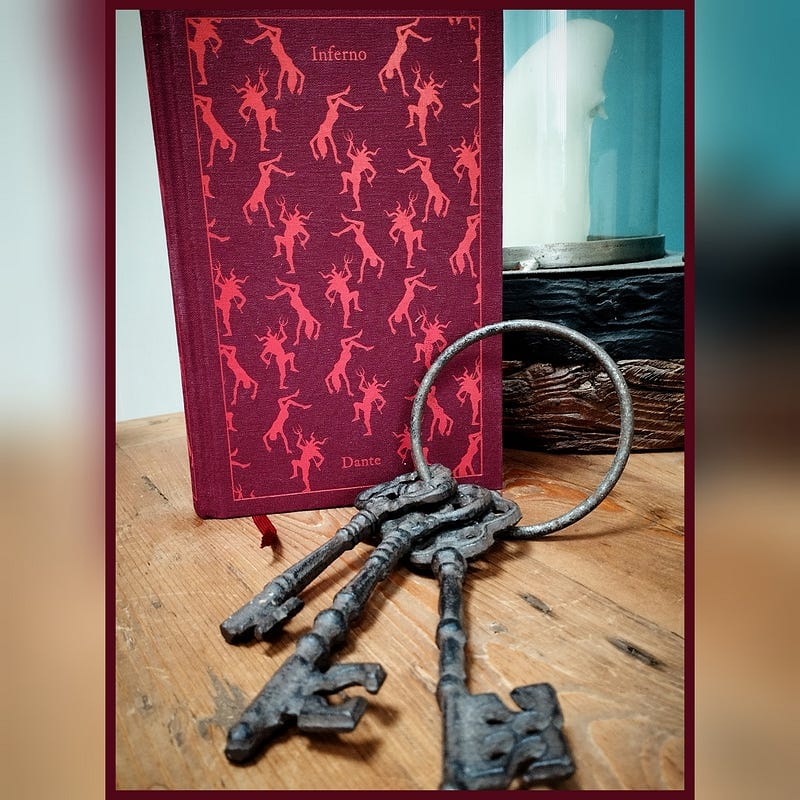
THE DIVINE COMEDY SERIES
Dante’s Inferno: Introduction
Hey there, fellow explorers of the literary world! Today, we’re embarking on a thrilling journey through the fiery pits of Hell as we delve into the enigmatic masterpiece known as Dante’s Inferno, the first section of the Divine Comedy. Trust me, this is one literary rollercoaster you don’t want to miss!
It will be a series for Medium, written by myself on each Canto of Dante’s Inferno. For reference will be used the Penguin Reader version, translated and edited by Robin Kirkpatrick, which I consider the best and most loyal translation ever written to this day from my mother tongue Italian, to English.
For the images, we will mostly see the engravings of Gustave Doré, made in 1855. To this day they still provide the best illustrations, to a world we still consider unknown yet capable of giving us powerful emotions.
Why read Dante?
It is important to remember that Inferno is often cited in the Bible, but never described. Dante is the first one to imagine it as a physical place, with a majestic scenario made of 34 Canti, which compose the poem.
Before him, artists represented hell as an abstract place, often like a big mouth full of damned souls, like this one below.
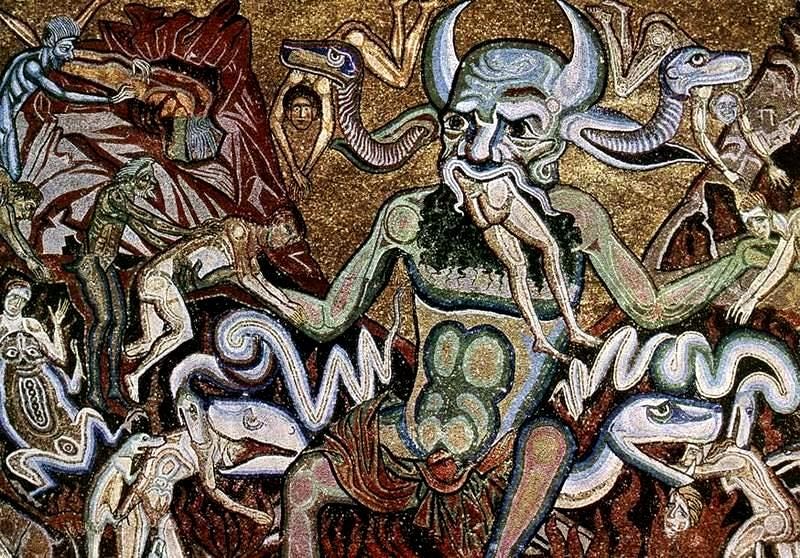
Later, the Inferno becomes really detailed. It exists, is scary and inhabited by recognizable people and demons, narrating horrible tortures.
• Is the human being capable of self-destruction, delusion and deception?
• Is the human being in need of learning how to order his or her loves in the best way possible, to live as well as possible?
These are aspects that have inspired great artists for hundreds of years (Botticelli, Michelangelo, De la Croix, William Blake, Salvador Dali and many others).
Dante tells about the misery and nobility of life.
Here’s what we need to teach kids when we read Dante: the hierarchies we’re used to, blow up. Because reading Alighieri instils freedom to think about the misery and nobility of the human soul, but also of its very concrete daily existence.
Few poets have been capable of it like him. This is why it’s so important to read, as even now the writer knows how to talk to us; managing to touch those deep chords that make us resonate with pleasure thanks to his verses.
By doing this, poets sometimes save our lives: they give us expressions that say what in no other way could have been said, with lightness and intensity.
They give us their words, which we often repeat without even realizing it: like the expression “without blame and without praise” and the other splendid phrase “Don’t worry about them just look and pass on” from the Canto III of the Inferno.
The author
To fully appreciate the Divine Comedy, we must first delve into the life of the brilliant mind behind it all, the poet himself. Born in Florence, Italy, in the year 1265, Alighieri was not only a poet but also a philosopher, public figure, and theologian. His life was marked by tumultuous times, filled with personal tragedy, political strife, and a deep longing for spiritual understanding.
Dante was also a well-respected politician in Florence, but the 13th-century city was wracked with internal discussion, and susceptible to pressures from the world beyond its civic boundaries.
In 1301, his party was ousted from power by a coup d'état and the poet,
“midway on [his] path in life” (inferno canto 1, line 1),
was condemned to exile.
He was accompanied by two of his three sons, these two being the first to write commentaries on their father’s work- and by a daughter who became a nun and took “Beatrice” as her name in religion. Whether this is inspiration to Beatrice in the Paradise section, is still up for discussion to this day.
A quest for knowledge and truth led him to embark on a spiritual pilgrimage — a symbolic journey through Hell, Purgatory, and Heaven. The Divine Comedy, composed between 1308 and 1320, encapsulates his profound insights, observations, and reflections on the human condition, morality, and the nature of divine justice all condensed in a long narrative poem.
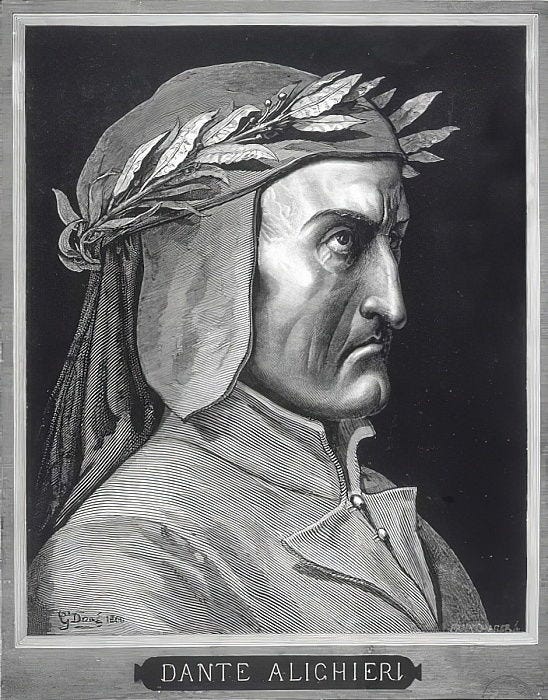
Confused by what a long narrative poem is? Well, it’s the same kind of work as “Beowulf”, “Ilyad” and “Canterbury Tales”. Also the full title “Divine Comedy” is just an addition of later years, the original title was just “la commedia”, “The Comedy”.
And let me tell you, this ain’t no comedy show you’d find on Netflix. No, no. It’s a mind-bending, soul-shaking, spine-tingling journey through Hell itself.
The Inferno: Descending into the Abyss
Our pilgrimage begins in the depths of Hell itself, as Dante finds himself lost in a dark forest, symbolizing spiritual confusion and moral turmoil. Guided by the spirit of the Roman poet Virgil, he descends through the nine concentric circles of Hell, each representing different sins and their corresponding punishments.
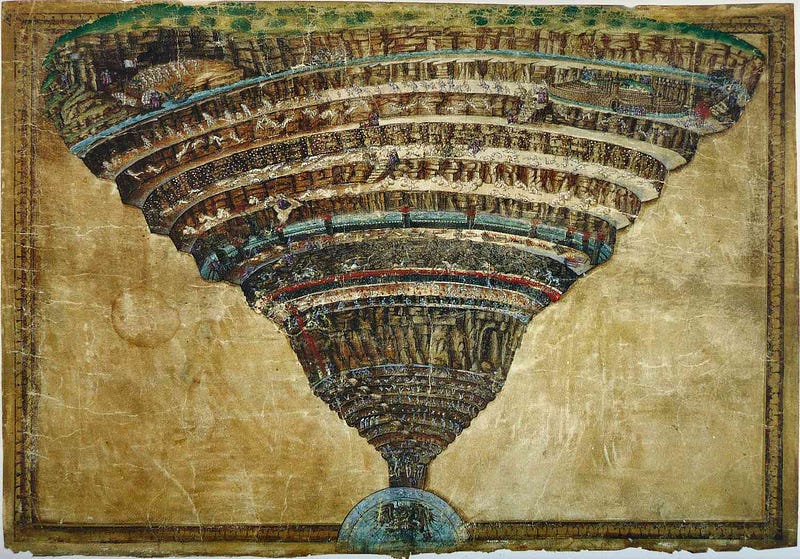
Virgil, (who already described the afterlife in the Aeneid 6th Book), is for Dante a guide and a teacher. Also, the most intelligent man, wise and cultured that he could ever imagine.
Disciple and Master, Dante and Virgil seem the reflection of each other.
The protagonist is often confused on the trip, and Virgil represents the rational part in each one of us, that essential part to resist sin.
As Alighieri encounters a captivating cast of historical and mythological figures, we witness their eternal torment, serving as a cautionary tale for earthly transgressions. Through this descent, Dante invites us to confront our own flaws, contemplate the consequences of our actions, and ultimately strive for redemption.
Dante’s Inferno is not only a poem about God and religion, but also focuses on human weaknesses and forces us to ask: What sins are we able to understand and which ones will we never forgive?
Through allegorical storytelling, we transcend the boundaries of his era, addressing timeless themes such as love, justice, faith, and the pursuit of truth. His vivid imagery and powerful metaphors evoke visceral emotions, making the journey through the Divine Comedy an immersive and transformative experience for every reader.
My comments before starting this journey
First of all, I would like to thank my teacher “Maria Sirago”, through her work and teaching style, I now in my adult life appreciate this masterpiece in both Italian and English.
This poem resonates with readers of all ages, transcending cultural and religious boundaries, that’s why I chose it. Its exploration of the human condition, the pursuit of spiritual enlightenment, and the transformative power of love speak to the core of our shared humanity. It’s so dense that probably the commentary will take me a year to complete, but fear not time passes fast.
Dear readers, as we prepare to embark on this extraordinary pilgrimage through Dante Alighieri’s Divine Comedy, let us embrace the transformative power of literature and the capacity of a single poem to touch the depths of our souls and I will do my best to guide you through.
Evil exists, and I believe that one of man’s inspirations is to try to trace and confront the source of this evil, which surrounds us today as it did seven centuries ago.
So gather your courage, the gates of Hell await. The path to redemption and enlightenment beckons. Together, let us immerse ourselves in the pages of the Divine Comedy and embark on an unforgettable odyssey through the realms of the afterlife!
If you like this introduction, as usual, don’t forget to clap, follow and subscribe.
Also, find the next chapter of this series here: Canto I, Inferno.
Thank you and see you next!
Useful Links
